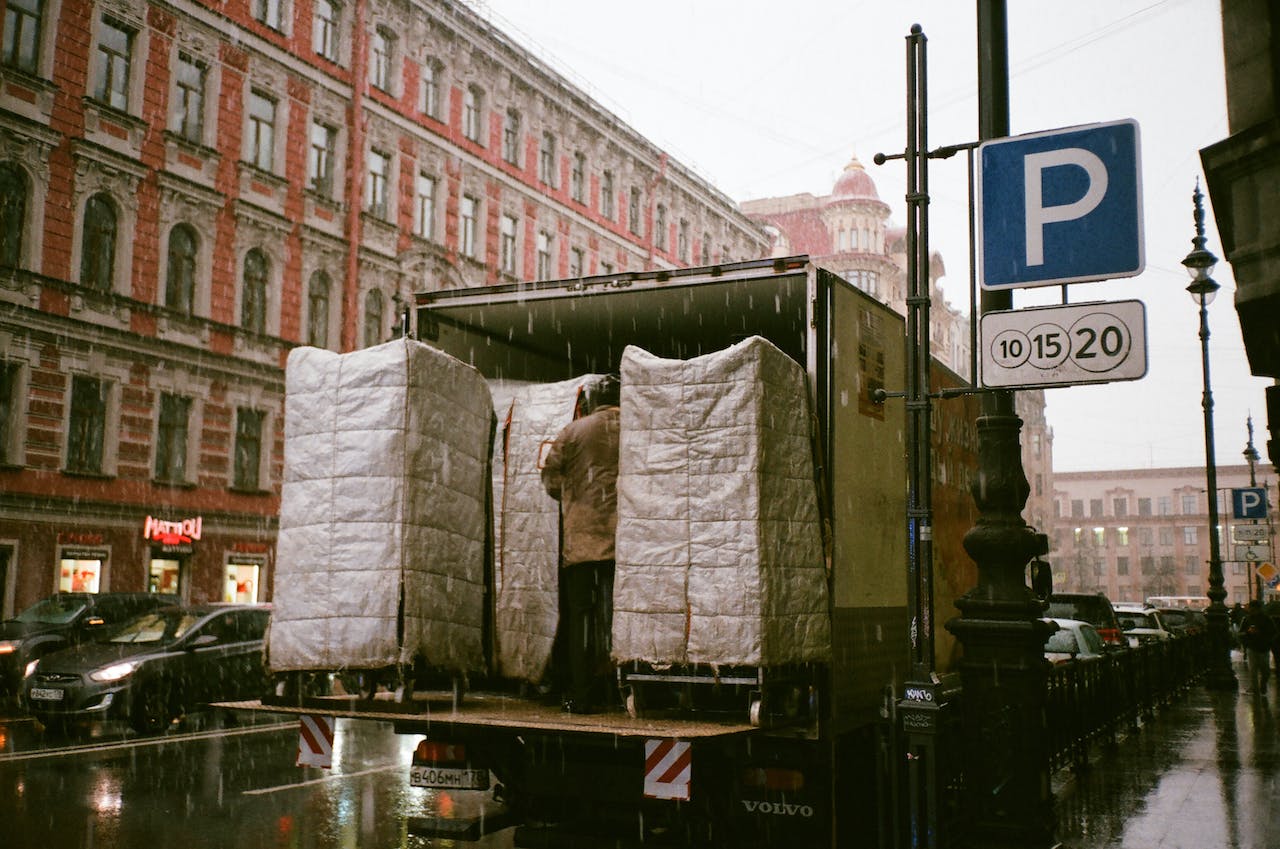Relocating during the frosty months doesn’t have to be a challenging endeavor. Find out about key strategies for overcoming winter moving challenges and practical solutions that transform the usual hurdles of moving in cold weather into manageable tasks. From expert packing tips that safeguard your possessions against the chill to preparing your new abode for a cozy welcome, here is everything you should know. And if you need help to find the best moving company to ease your transition, Verified Movers is the best choice!
Consider Adjusting to the Weather Conditions
Moving during winter demands special consideration due to the unpredictable weather, including snow, ice, and cold temperatures. For that reason, tips for moving in bad weather can come in handy. It’s crucial to clear walkways and driveways of ice and snow and apply salt to prevent slips and falls. Monitoring weather forecasts is essential for anticipating and adapting to changes, ensuring the safety and timely execution of your move. Shorter daylight hours in winter require efficient planning. For that reason, start your move early and, if necessary, spread it over several days to maximize daylight use. For long-distance moves, prioritize route planning, and vehicle preparation, and pack an emergency kit with essentials like a first-aid kit and blankets. Proactive preparation and flexibility in response to weather conditions are key to a successful winter move.

Take Care of Safety Measures
Safety during a winter move is paramount. Before setting your moving date, be ready to adjust plans if necessary. Make sure to prepare your storage unit for winter and do all other necessary tasks. It’s crucial to minimize the risk of slips. Dress in layers, including gloves and waterproof boots, to stay warm and maintain traction. It’s essential to stay hydrated, even in cold weather, so keep warm drinks handy and take regular breaks. With shorter daylight hours, plan your move during the day, and have lighting equipment ready for late hours. Ensure your new home’s utilities are activated for a warm, safe arrival. Lastly, consider moving insurance and hiring professional movers for added safety and efficiency. This approach ensures a smoother and more secure winter moving experience.
Utilize Packing Tips for the Winter
Effective packing for a winter move is crucial to protect belongings from cold and moisture. Use high-quality, waterproof materials, such as plastic moving boxes and bags, to safeguard items against wet conditions. Of course, using expert packing secrets can be of great help. Fragile items like ceramics and glassware require extra insulation. For that reason, wrap them in bubble wrap and padding paper to prevent cracking from cold temperatures. Books, appearing sturdy, are susceptible to damage in damp climates. Make sure to wrap them in protective layers to maintain their condition. Electronics demand careful handling. Secure them in boxes with additional plastic covers and bubble wrap. Gradually warm up electronics moved from cold to warm environments to avoid condensation damage. These steps ensure your possessions remain safe and intact during a winter move.
Overcoming Winter Moving Challenges Is Easier With Professionals
Hiring professional movers experienced in winter conditions offers significant advantages for overcoming winter moving challenges. Their expertise and experience ensure that your belongings are handled with care. Movers are skilled in packing, transporting, and unpacking items using specialized techniques and equipment, making the process efficient and safe. They are adept at handling unexpected situations, such as traffic delays or difficult home access. Additionally, FMCSA-licensed professional moving services provide peace of mind, as they manage all aspects of the move, often with live tracking features for added reassurance. These companies offer customizable services to meet specific needs, whether it’s just transporting items or handling the entire moving process, including packing and setting up your new home. Importantly, professional movers are equipped to move heavy items safely, significantly reducing the risk of injury.

Prepare Your New Home for the Winter Conditions
Preparing your new home for a winter move involves key steps for comfort and safety. Ensure utilities, particularly heating, are operational before arrival. This is critical for a warm and safe environment. Clear walkways and driveways of snow and ice for safe access. Maintain air quality by replacing filters and cleaning vents, enhancing your heating system’s efficiency. Install a programmable thermostat to manage heating costs effectively. Additionally, winterize your AC unit to prevent cold weather damage and inspect your roof for potential leaks or damage, ensuring it withstands the winter season. Here’s an overview of what you need to have, including:
- Operational utilities and heating systems
- Cleared walkways and driveways
- Replaced air filters and cleaned vents
- Programmable thermostat for heating management
- Winterized AC unit and inspected roof
Know How To Handle Delays
Managing potential delays in winter moving requires proactive planning and flexibility. Regularly check weather forecasts to anticipate and prepare for changes. Start early in the morning, allowing sufficient time for each task. Adjust your schedule around holidays and school routines to minimize disruptions. For long-distance moves, research routes, stick to major roads, and have a backup plan for varying weather conditions. Pack an emergency kit and stay in communication with your moving company for any updates. This approach ensures a safer, well-coordinated move despite winter challenges.
Take Care of Your Health and Comfort
Maintaining health and comfort during a winter move is crucial. Dehydration is less noticeable but just as risky in cold weather, so regular fluid intake is essential. A general guideline is to consume at least half your body weight in fluid ounces daily. For instance, a person weighing 160 lbs should drink at least 80 ounces. Additionally, balance caffeine consumption with equal amounts of water to prevent dehydration. Physically demanding moving activities necessitate taking breaks. Use proper lifting techniques to avoid injuries, and if hiring movers, ensure they are experienced. Regular breaks for warming up indoors are vital in cold conditions, helping to maintain energy and prevent fatigue.

Have a Smooth Relocation During the Winter
As our journey through the frost-tipped challenges of winter moving draws to a close, we hope these strategies and solutions have illuminated your path. Overcoming winter moving challenges is not just about braving the cold. Above all, it’s about embracing each step with preparedness and wisdom. From safeguarding your cherished belongings against winter’s bite to ensuring your new home radiates warmth upon your arrival, every tip shared here is a stepping stone towards a successful move. Let these insights be your guiding light, transforming the potentially arduous task of winter moving into an adventure marked by efficiency, safety, and comfort. With these strategies in hand, the chill of moving in winter turns into a journey filled with assured steps and confident decisions.




